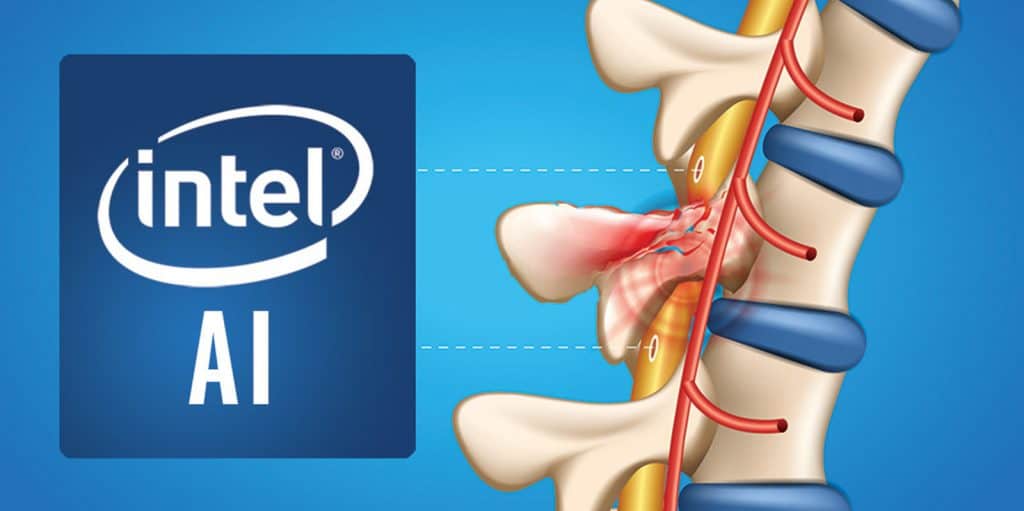
Its team-up could eventually restore movement for paralyzed people.
AI’s use in medicine could soon extend to one of the medical world’s toughest challenges: helping the paralyzed regain movement. Intel and Brown University have started work on a DARPA-backed Intelligent Spine Interface project that would use AI to restore movement and bladder control for those with serious spinal cord injuries. The two-year effort will have scientists capture motor and sensory signals from the spinal cord, while surgeons will implant electrodes on both ends of an injury to create an “intelligent bypass.” From there, neural networks running on Intel tools will (hopefully) learn how to communicate motor commands through the bypass and restore functions lost to severed nerves.
The initial interface will use external computing hardware to interpret spine signals. In the long term, the collaborators would like a wholly implanted system to make the connection.
This is something of a moonshot, and there’s no guarantee the project will end with a surefire solution for paralysis. It should still be useful even then, though. Assistant engineering professor David Borton stressed that the research should still “uncover new knowledge” about spinal cords and “accelerate innovation” toward treatment. If it’s not the remedy Intel and Brown seek, it should represent a big step in the right direction.


